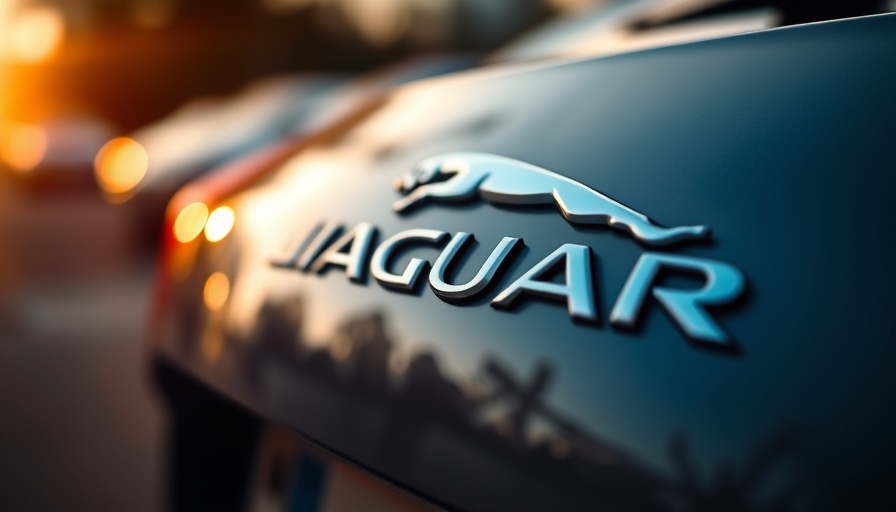
Understanding Your Driving Style's Impact on Vehicle Needs
When you slip behind the wheel, the driving habits you adopt can greatly influence your car's health and maintenance requirements. Whether it's navigating through urban roads or embarking on weekend road trips, understanding how your routine directly affects your vehicle can save both time and money in repairs.
City Driving: The Stop-and-Go Effect
City driving often means dealing with traffic lights, pedestrians, and frequent stops. While this is a familiar scenario for many drivers, it's essential to understand how this style affects your vehicle. The repeated braking needed contributes to significant wear on your brakes, leading to more frequent replacements than drivers who primarily operate on highways.
Moreover, city driving typically involves shorter trips where the engine doesn't get a chance to reach optimal temperatures. This lack of adequate heating causes moisture and debris to build up, ultimately leading to potential engine troubles. Therefore, making consistent checks on brakes, batteries, and fluids becomes paramount.
Weekly Maintenance for City Drivers
If you're predominantly a city driver, consider implementing the following routine maintenance tips:
- **Frequent Fluid Checks**: More city driving means more chances for fluids to deplete quickly. Regularly top off coolant and oil, ensuring your engine and brakes function smoothly.
- **Tire Alignment and Rotation**: The tight turns necessitated by urban driving can lead to rapid wear on tires. Keeping them properly aligned not only improves safety but enhances fuel efficiency.
- **Regular Air Filter Cleanliness**: In urban settings, the presence of dust and debris can clog air filters quicker than expected. A clean air filter aids in engine efficiency and prolongs its life.
- **Opt for Synthetic Oil**: Given the demands of city driving, synthetic oils can provide better protection during the frequent stop-and-go motions.
Weekend Driving: Preparation is Key
On the flip side, many people only use their cars during weekends for longer, leisurely trips. A common misconception is that leaving a car idle for an extended period doesn’t pose issues. However, this practice can easily lead to battery drainage as built-in electronics continue to drain power.
Tires are another concern. Prolonged parking can lead to flat spots and loss of pressure, which affects both comfort and control while driving. To ensure your vehicle is ready for the open road after a week of downtime, consider these maintenance tips:
- **Monthly Drives**: Aim to drive your vehicle at least once weekly, even if just around the block, to keep fluids circulating.
- **Avoid Overloading**: Distributing weight evenly in your vehicle prevents undue stress on suspension systems, enhancing handling on longer trips.
- **Check for Pests**: A parked car can become a refuge for rodents, especially in colder months. Keep an eye out for any furry stowaways.
- **Fuel Up Properly**: Store your vehicle with a full tank and consider adding fuel stabilizer if it’s going to sit unused for a while.
Quick Maintenance Tips for Every Driver
Regardless of your driving habits, there are some universally applicable maintenance tips that can keep your vehicle running smoothly:
- **Brake Checks**: The importance of regular brake inspections cannot be overstated, especially for frequent city drivers.
- **Dashboard Lights**: Pay attention to those pesky dashboard lights. They’re not just decorations—they're indicators that something may need immediate attention.
- **Visual Inspections**: Make it a habit to glance over your vehicle weekly to catch any minor issues before they escalate into costly repairs.
Encouraging Safe Driving Practices
Understanding how your driving habits influence your car's needs not only enriches your knowledge but fosters a more proactive approach to vehicle maintenance. By acknowledging the differences between city driving and weekend trips, you can create a tailored maintenance routine that prevents breakdowns and extends lifespan.
For those interested in maximizing their vehicle’s potential, it’s also worth exploring advancements in automotive technology. Electric vehicles, for instance, boast different maintenance needs, allowing for less frequent service while offering greater reliability in their efficiency. As the automotive industry evolves, staying informed can lead to informed decisions about your vehicle and its future.
If you'd like more information on maintaining vehicles tailored to your driving habits or the latest in automotive tech, call us today at 0208 144 7079 for personalized advice!
 Add Row
Add Row  Add
Add 




Write A Comment